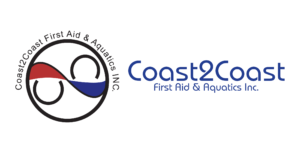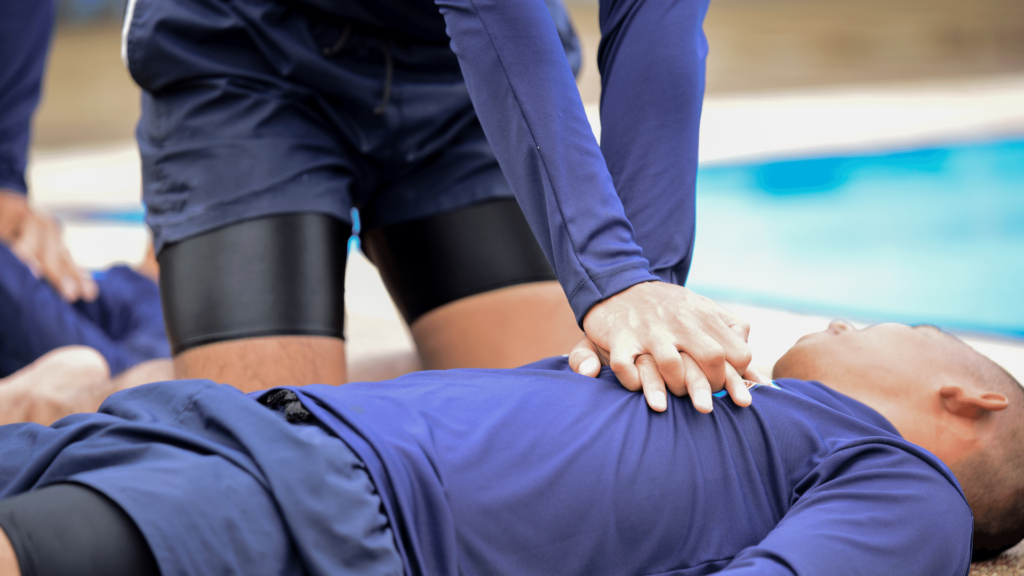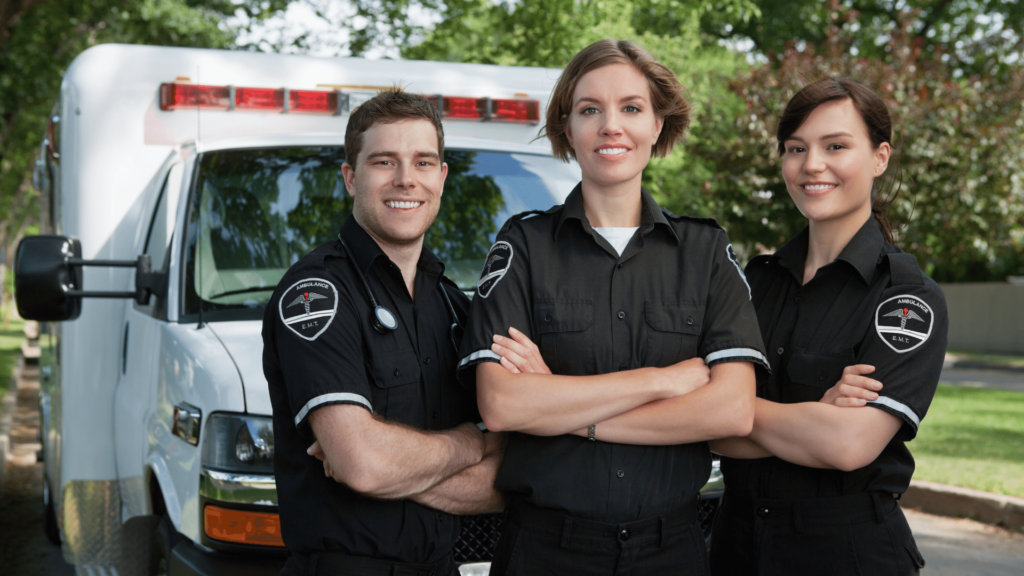What to do When Your Child is Choking?
As parents, our utmost priority is ensuring the safety of our children, as they are often unable to take care of themselves. Unfortunately, accidents can happen, and one of the most terrifying situations a parent can face is when their child is choking. In such moments, it is crucial to remain calm and act swiftly. This blog post aims to provide a step-by-step guide on what to do when your child is choking, empowering you with the knowledge and confidence to handle this distressing situation effectively.
Types of choking
Partial Choking
Partial choking happens when the airway is partially blocked. The body triggers coughing to clear the airway, which might signal a partial blockage. While coughing, the person’s ability to breathe is generally unaffected. It’s advisable to support the person in continuing to cough, as vigorous coughing often dislodges the obstruction. Remaining vigilant and prepared to offer further aid is crucial. Notably, the techniques employed for addressing complete choking are ineffective for partial choking, as they involve applying pressure to dislodge the blockage (feasible only for complete blockages).
Complete choking
Complete choking occurs when the airway is completely blocked. When a person is completely choking, they cannot breathe and are in a life-threatening situation. To clear the airway, immediate first aid (and possibly medical intervention) is required.
Potential Choking Risks for Children

Foods
- Nuts and seeds
- Hot dogs and sausages
- Chunks of meat or cheese
- Small fruits and fruit pieces (e.g., Apple, whole grapes and cherries)
- Hard raw vegetables (e.g., carrots and celery)
- Popcorn
Household Objects & Toys
- Plastic bags, broken or uninflated balloons (the thin material can block the airway)
- Coins
- Buttons
- Small “button” batteries (e.g., those found inside watches, car key fobs, and hearing aids)
- Magnets
- Marbles
How to Prevent Your Child from Choking?
- When your baby first starts eating solid food, start with purées rather than solid pieces.
- When children and babies are eating, always keep an eye on them.
- Teach children to eat calmly, chew properly, and not speak while eating.
- Encourage your children to eat while sitting.
- Make sure that babies and young children cannot reach objects that are too small for them to swallow.
- Remember that soft plastic (e.g., the cut-off corners of milk bags), rubber (e.g., burst balloons), and complex objects can cause choking in children, so keep these items out of reach.
Recognizing the Signs of Choking
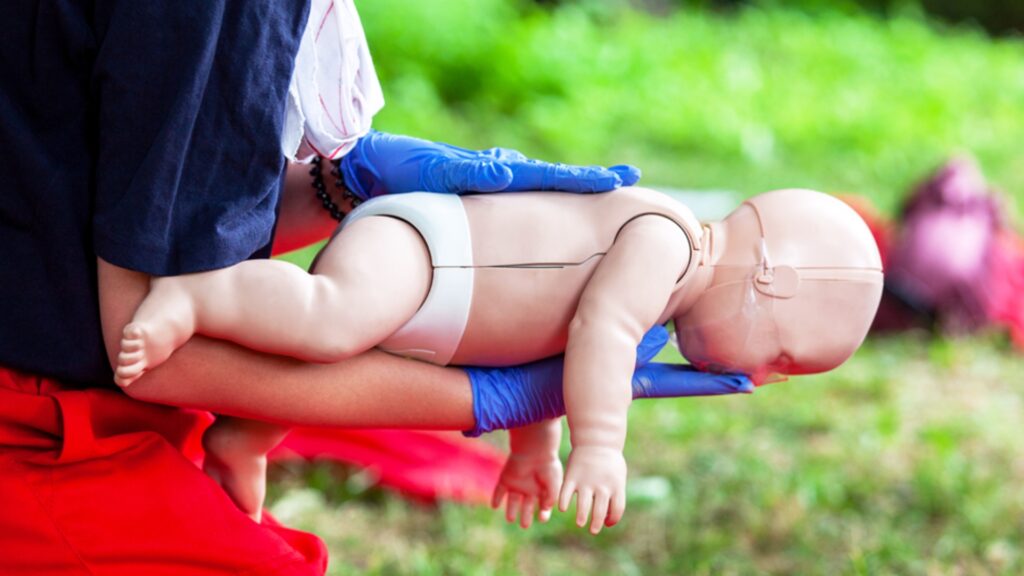
In identifying choking incidents, being familiar with the distinct signs manifesting in various scenarios is imperative. When dealing with partial choking, the individual might exhibit visible indicators like a panic-stricken expression accompanied by widened eyes, intermittent vigorous or feeble coughing, and the instinctual act of clutching the throat using one or both hands. On the other hand, a case of complete choking presents itself through more severe manifestations, including the inability to speak, cough, or breathe, which can be accompanied by high-pitched squeaking sounds. The person’s skin might transition from flushed red to bluish or unusually pale. Similar to partial choking, a panicked facial expression with widened eyes and a grasping gesture toward the throat may also be observed in instances of complete choking.
What to do?
For Children over 12 Months
Back Blows
- Position yourself behind the person, with one arm diagonally across their chest. (kneel if you are significantly taller)
- Gently bend them forward, aligning their upper airway parallel to the ground.
- Using the heel of your free hand, deliver up to 5 firm back blows between the shoulder blades.
Abdominal Thrusts
- Stand behind the person, ensuring stability. If there’s a significant height difference, consider kneeling.
- Embrace their waist, forming a fist that rests lightly over the belly button.
- Cover your fist with your other hand and administer 5 swift inward and upward thrusts into the abdomen.
Chest Thrusts
- Stand behind the person, or kneel if necessary, wrapping both arms around their chest beneath the armpits.
- Position a fist at the center of their chest, thumb inward, and cover it with your other hand.
- Execute five chest thrusts by pulling directly back. If initial attempts are unsuccessful, opt for sharper and deeper motions.
For A Baby less than 12 Months
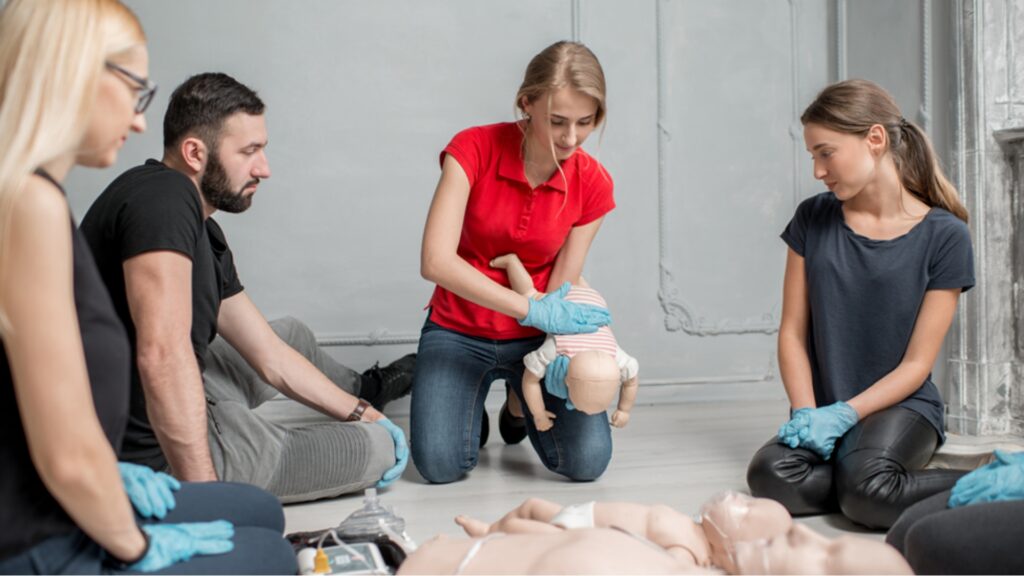
- Sit or kneel while holding the baby.
- Place the baby on your forearm, face down, and hold their jaw in your hand.
- Place your forearm on your leg so the baby’s head is lower than its body.
- Deliver five firm back blows between the shoulder blades with the heel of your free hand.
- If the object has not been dislodged, turn the baby face up and support the head.
- Place 2 fingers in the middle of the chest, just below the nipple line, and quickly deliver five strong chest compressions, pushing down 1/3 of the chest’s depth.
- Repeat the five firm back blows and chest compressions until the object is coughed up and the baby begins to cry, breathe, cough, or become unresponsive
Join a Standard First Aid Training Class
Witnessing your child in a dangerous situation triggers feelings of helplessness. Yet, knowing how to respond swiftly is invaluable. First Aid training offers not only knowledge but also the confidence to act effectively during a choking incident.
Enroll with Coast2Coast for comprehensive First Aid training. Equip yourself with vital skills to handle emergencies, including when your child is choking. Our program empowers parents, transforming fear into proactive preparedness. Be the protector your child deserves by mastering essential First Aid techniques.
